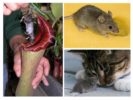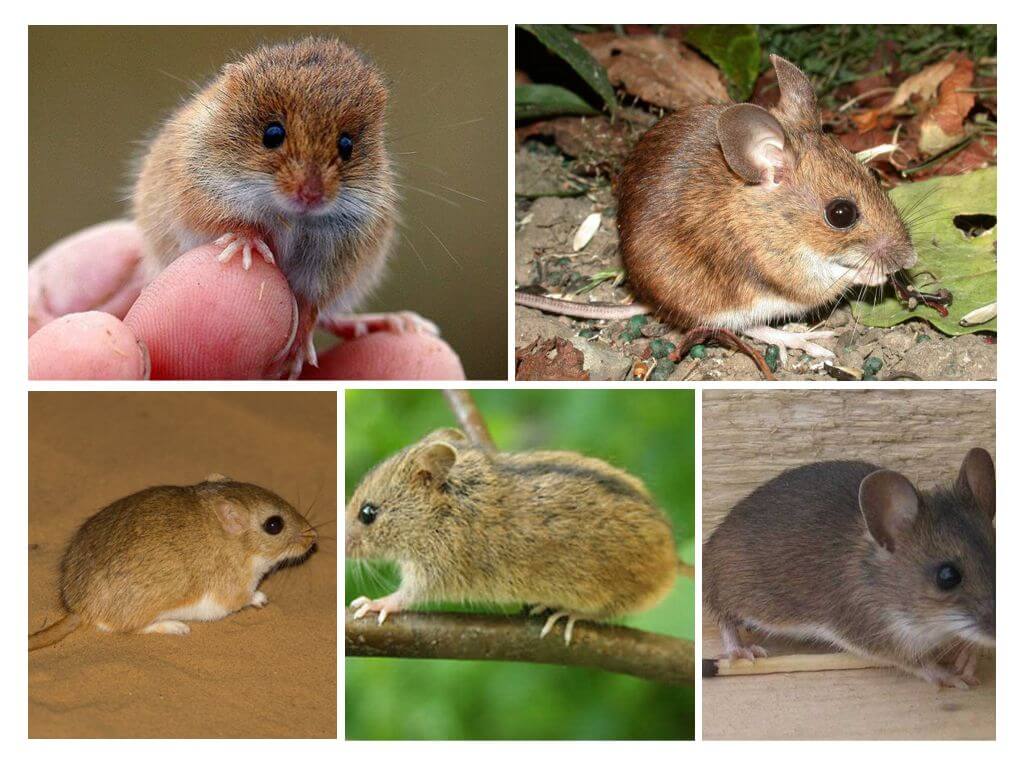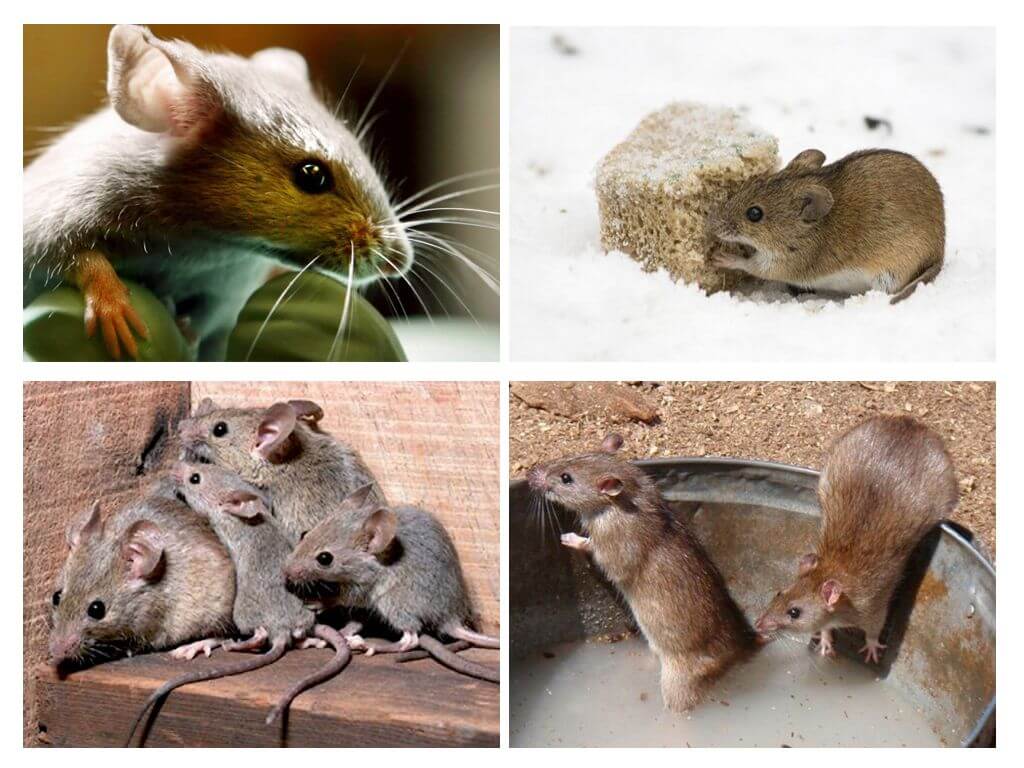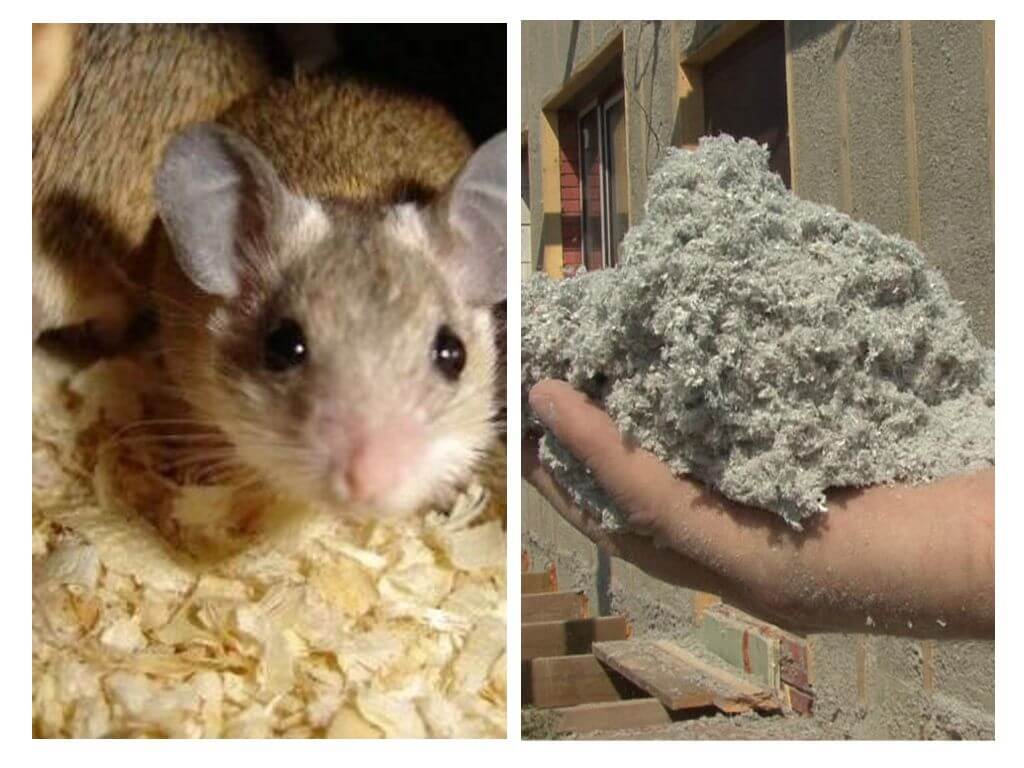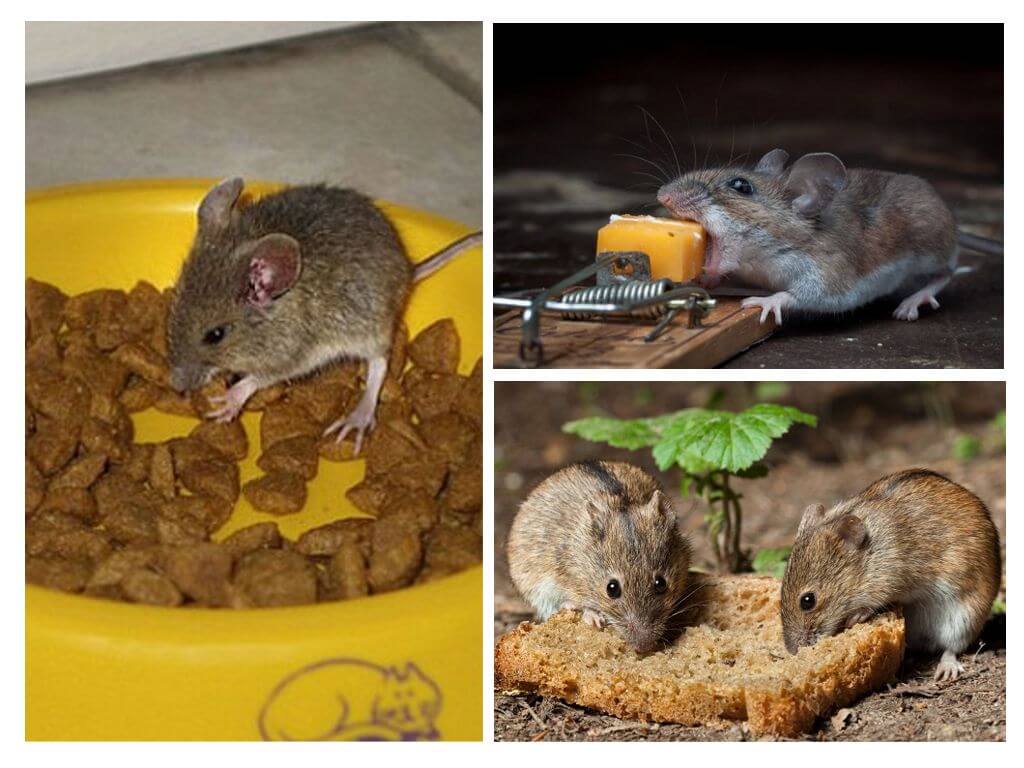- Animals that eat mice
- Mice like food
In the world there are about 130 mouse species, of which the majority lives in Russia. These rodents are divided into those who live next to a person (house views) and wild or field individuals. Both those and others are considered pests, because they damage agricultural crops. Also mice carry disease and cause damage to a person, living next to him in the house. They have many enemies, so the story of who eats mice will interest most people who are negative about such animals.
Field Mice and Their Enemies
Wild Rodent Varieties - Field mice inhabit almost all continents and islands of the Northern Hemisphere, have many different subspecies. Most of them prefer to live in open landscapes in a temperate climate, where they find food: grain crops and many parts of plants (tubers, bulbs, etc.), sometimes eat shellfish and insects.
Due to their enormous fecundity, small rodents breed very intensively, their population is able to grow several tens of times a year. The ubiquity of these rodents makes them quite accessible prey for many animal species. They have the greatest activity at night, then they are attacked by their enemies: birds of prey and animals.
Who eats mice living in the wild? First of all, these are foxes, martens and weasels, in which mice make up the main diet. Ferrets catch them and eat them, absorbing 10-12 voles per day, and weasels, thanks to their long and narrow body, can even make their way into mouse holes and eat small mice. They feed on rodents in the absence of other larger prey and wolves, lynxes, mongooses, arctic foxes and other predatory animals.
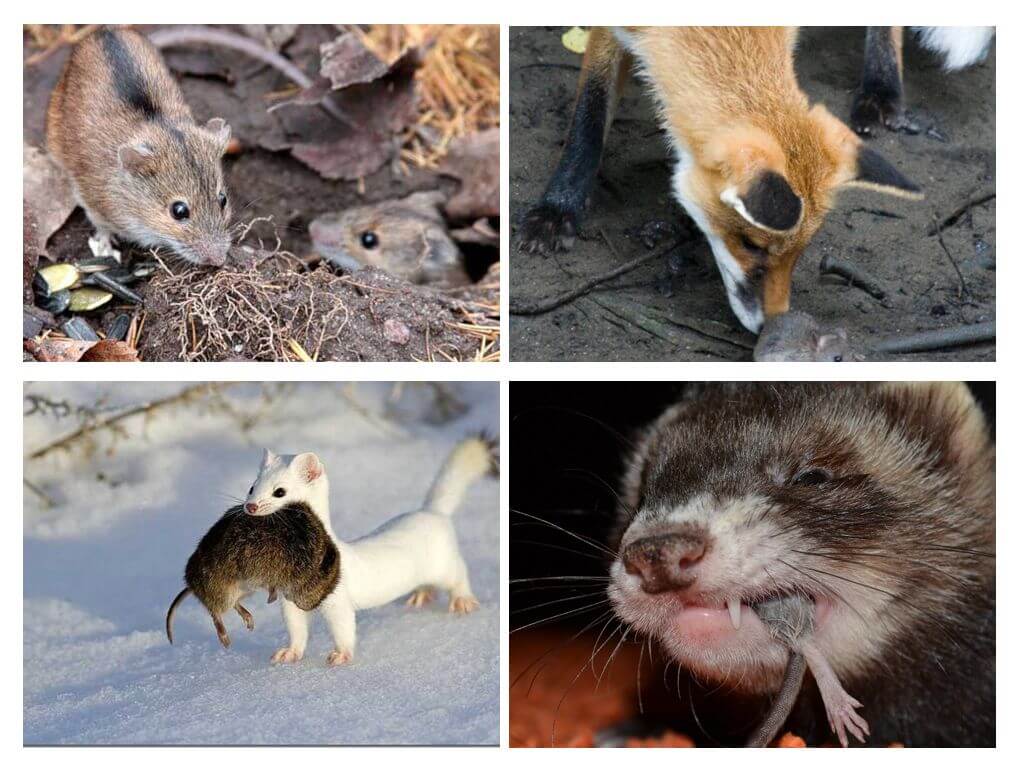
Very fond of eating voles and foxes. In winter, rodents make up the only diet of foxes. Moreover, the number of foxes in a population often depends on how much a fox eats mice in these months.
Another key enemy of mice is birds of prey: owls and owls, which annually can destroy up to 1200 rodents each individual. Owls catch mice and eat them whole, together with bones, hair in connection with a specific digestion device.
An owl hunts mice usually at night. Sometimes birds like a raven or shrike are not averse to feasting on mice.
On a note!!
Owls prey on rodents not only for their food, but also for feeding their chicks: sometimes the life of the younger generation and its normal development depend on the number of mice caught by the mother.
The natural enemies of field mice in nature are also forest and domestic cats (especially if there is a human habitation near the rodent's habitat), hedgehogs and snakes. For hedgehogs, the rodent is not an everyday food, as it’s hard for him to keep up. Hedgehogs eat miceif they come across them in the way.
Interesting!
Among snakes, the biggest lovers of feasting on mice are vipers and snakes. For them, these rodents are the main food. The viper goes hunting every night, it catches mice and eats, swallowing and digesting whole. Also, these snakes often use burrows dug by rodents and passages. Large lizards also eat mice.
Plant that feeds on mice
Mice that live in deserts or on islands in the tropics are also hunted and tasty dinners for some predatory animals and even plants.
The famous plant that eats mice is Nepenthes spathulata, grows on the islands of Java and Sumatra and belongs to the family of insectivorous plants. Nepenthes spathulata, growing up to 5 m in length, is a predator that swallows small animals and digests them whole with teeth and bones, dissolving them using digestive enzymes.
Such a plant looks like a whole series of pitcher flowers hanging on a stem. Inside, the jug is slippery and gives off a sweet, floral scent. Small animals, including both mice and insects get into it because of the slippery edge, and then are digested at the bottom of the flower for several days.
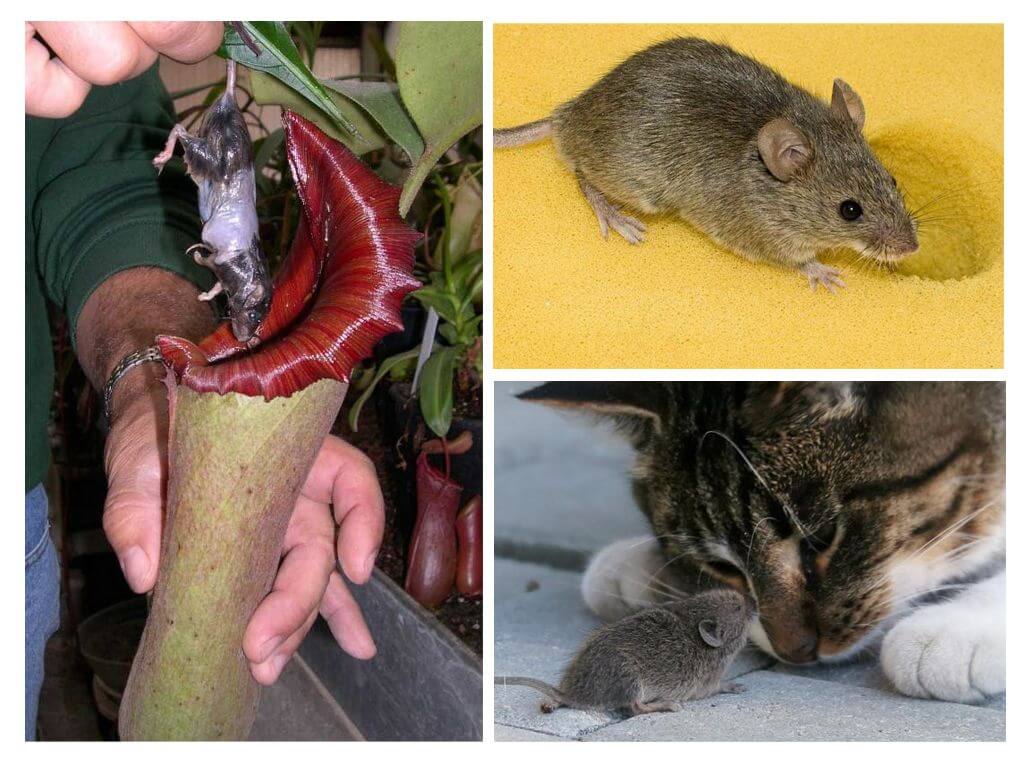
Who eats domestic mice
House mice have been living for many centuries in homes or close to human housing, eating foods or plant foods that are found near housing.
The main competitors of domestic mice are gray rats, they also try to settle closer to a person and often kill and eat their small brothers.
People who have small rodents in the house try to get rid of them as soon as possible, because they can not only eat food products, but also pollute them with droppings and urine, creating a specific smell, spoil furniture and other household property. In garden plots, they destroy part of the crop, damage the bark of trees, spoil crops and the supply of vegetables for the winter.
The most common way to help a person get rid of rodents is to get a cat or cat that catches mice. Although not all cats eat micebut most instincts have a hunting instinct. In addition to cats, some dog breeds (fox terriers, dachshunds, huskies, Yorkshire terriers, etc.), as well as domestic ferrets that have become fashionable over the past decade, can catch rodents. These animals, like in the wild, love to hunt rodents, even if they live in an ordinary city apartment. Ferrets catch both mice and rats, and can hunt other small animals, birds, which will be in the house.
Interesting!
Some dog breeds have been specifically bred for rodent hunting. Known now as a decorative and divan breed, the Maltese lapdog was a constant companion of the Maltese knights who kept these dogs on sea ships precisely for fighting rodents.
The role of mice as food for other animals cannot be underestimated, because these rodents are a very important link in the food chain of many predatory animals, for many they are the main source of food.

